Nunnamujip (눈나무집)
13.9Km 2020-06-16
136-1, Samcheong-ro, Jongno-gu, Seoul
+82-2-739-6742
Nunnamujip is famous for a North Korean dish called, “Kimchi mari guksu”, which is a noodle dish in cold kimchi soup containing toasted laver, a boiled egg, and sesame. The soup is refreshingly cold and a little spicy. For “Kimchi mari bap”, a bowl of rice is put into cold kimchi soup instead of noodles. The taste is very unique. In addition to Kimchimari, “Tteokgalbi” is a popular dish on the menu as well.
The main restaurant is located in the basement, which has only limited seating capacity with a few tables. As a result, many people usually wait in line for lunch or dinner. A second franchise has opened in a three-story building across the street. To enjoy a quaint atmosphere, the first establishment is better, but the new one’s interior design is much more modern and fancier, giving it a fresh altering look.
Sininaerin Maeun Tteokbokki - Noryangjin Branch (신이내린매운떡볶이 노량진)
13.9Km 2021-03-29
3, Manyang-ro 14ga-gil, Dongjak-gu, Seoul
+82-2-2631-8484
It sells tteokbokki with various toppings. This restaurant's signature menu is stir-fried rice cake. This Korean dishes restaurant is located in Dongjak-gu, Seoul.
Boan1942 (보안1942)
13.9Km 2023-12-21
Hyoja-ro 33, Jongno-gu, Seúl
Antes de convertirse en un espacio de arte en 2007, Tongui-dong Boan sirvió como lugar de descanso para los viajeros desde 1942 hasta 2005. Después de una breve pausa, el lugar se renovó como espacio cultural en 2017 para continuar con su legado histórico y brindar creatividad e inspiración bajo el concepto de "Boanstay".
Boan1942 se divide en un espacio cultural (que consta de una cafetería, un taller de proyectos, una librería y un área de exposiciones), y Boanstay (en los pisos 3 y 4, ofreciendo alojamiento temporal a los nómadas culturales). Ubicado en Seochon, el centro de la cultura, la historia y el tráfico de Seúl, Boanstay ofrece una espléndida vista de los patrimonios históricos y culturales de Seúl, como el palacio Gyeongbokgung, Cheong Wa Dae y la Aldea Tradicional Seochon.
* Cortesía de Boanstay.
Darakjeong (다락정)
13.9Km 2021-03-26
131-1, Samcheong-ro, Jongno-gu, Seoul
+82-2-725-1697
Darakjeong has been popular for a long time because of the simple taste of its traditional Mandu (Korean stuffed dumpling). Since its opening in 1991, tasty soup and scrumptious Mandu have been served. A fist-sized Mandu is fully packed with seasoned meat, bean-curd, and various vegetables. Its thick dough makes it chewy and delightful. For one person, “Manduguk”(boiled dumpling soup) is a good choice. The delicious and nourishing taste of Mandu goes well with the sweet, spicy, and fresh taste of the soup. Manduguk is served in a brass bowl which keeps the food warm while eating. For a large-size group, “Mandujeongol” cooked with various vegetables in a casserole is recommended. There are two types of Mandujeongol that have different tastes. The main characteristic of “Kimchi Mandujeongol” is its spicy flavor, which reminds people of the refreshing taste of Kimchi soup, and “Tojang Mandujeongol” expounds on the savory taste of bean-paste soup. Tojang means folk soybean-paste. “Nokdujeon”(a Korean pan-fried dish with green mung bean) is another famous dish at Darakjeong, which is pan-fried with a very light seasoning to emphasize the original taste of Nokdu (green mung bean). Salted oysters with hot pepper are served with Nokdujeon instead of soy sauce, which is a perfect match.
Calle de la Gastronomía de la Aldea Sejong (세종마을 음식문화거리)
13.9Km 2025-05-27
Chebu-dong 194-2, Jongno-gu, Seúl
Chebudong Janchijip Dwaejigalbi (체부동잔치집돼지갈비)
13.9Km 2021-03-18
24, Jahamun-ro, 1-gil, Jongno-gu, Seoul
+82-2-722-3555
This is a Korean cuisine located in Jongno-gu, Seoul. The best menu at this restaurant is marinated grilled spareribs. A Korean BBQ restaurant.
Won Gopchang (원곱창)
13.9Km 2021-03-20
105, Sajik-ro, Jongno-gu, Seoul
+82-2-722-2934
A place that sells grilled intestines loved by Koreans. The best menu at this restaurant is grilled beef reed tripe/grilled pork intestine. This Korean dishes restaurant is located in Jongno-gu, Seoul.
Tosokchon Samgyetang (토속촌삼계탕)
13.9Km 2021-03-24
5, Jahamun-ro 5-gil, Jongno-gu, Seoul
+82-2-737-7444
Located near Gyeongbokgung Station, the restaurant was also frequented by late President Roh Moo-hyun. It produces their ingredients like Tojongdak (Korean chicken), 4-years ginseng, chest nut, jujube, garlics, ginger, adlay, perilla seeds, pumpkin seeds, sunflower seed, nuts, pine nut, black sesame, and etc.
Even though one has to wait to enter during lunch time, do not worry about long wait as the restaurant is spacious. Besides Samgyetang (ginseng chicken soup), it serves Ogol-samgyetang, otdak, pajeon (green onion pancake), Rotisserie chicken, and other menus.
Templo Gilsangsa en Seúl (길상사(서울))
13.9Km 2025-04-02
Seonjam-ro 5-gil 68, Seongbuk-gu, Seúl
El templo Gilsangsa está situado en el distrito de Seongbuk-dong, del norte de Seúl. Fue construido en el recinto del famoso restaurante Daewongak, cuya dueña donó la propiedad al venerable monje Bupjeong (1932-2010), que fue la persona que transformó el lugar en este templo inaugurado en 1997. Aunque Gilsangsa tiene una historia relativamente corta, está muy bien situado en el centro de Seúl, por lo que atrae muchos visitantes tanto nacionales como extranjeros. El templo también sirve como lugar cultural, ya que ofrece diversos programas como enseñanzas budistas, y estancia en templo. Las construcciones Gilsang Seonwon (centro zen) y la Casa el Silencio están dedicadas a la meditación. Gilsang Seonwon ofrece habitaciones para que mediten budistas con experiencias, mientras que la Casa del Silencio está abierta al público en general. Gilsangsa también tiene una sede en París.
Seochon Chingune (서촌친구네)
13.9Km 2021-03-18
32, Jahamun-ro 1-gil, Jongno-gu, Seoul
+82-2-720-4763
A Seafood specialty restaurant located in Jongno-gu, Seoul. A restaurant serving a variety of seafood dishes. The most famous menu is steamed clams.
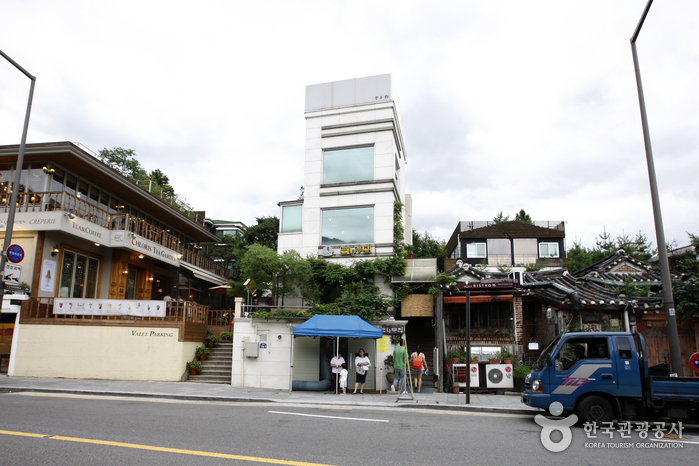
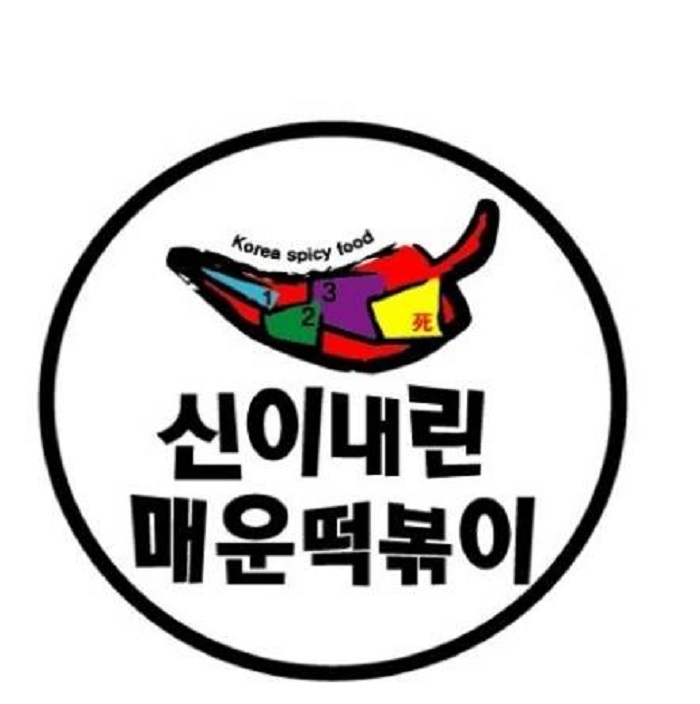


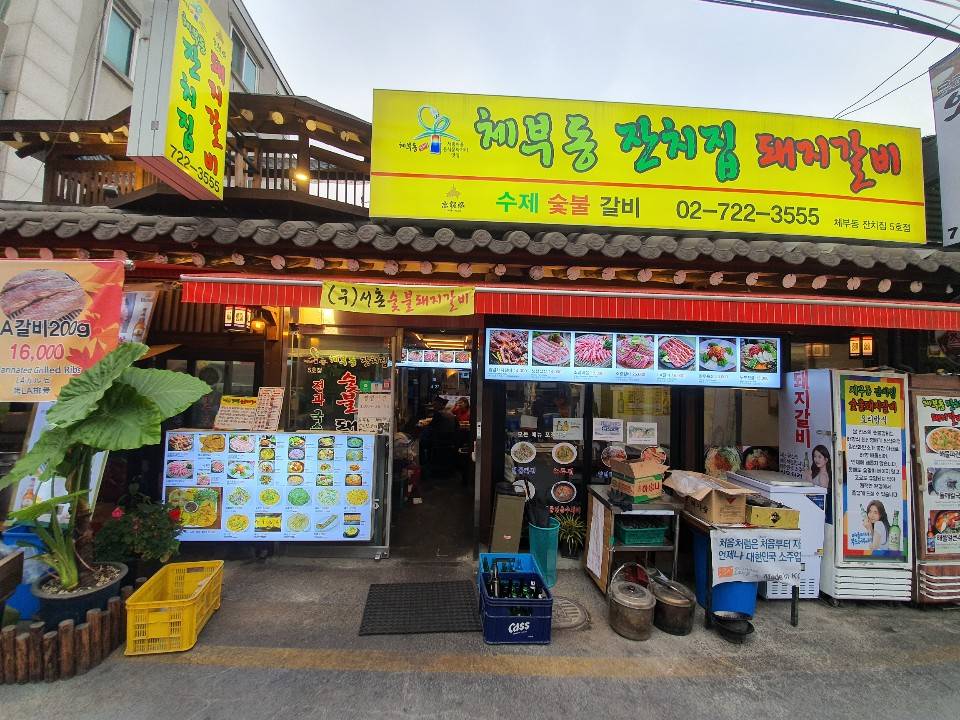
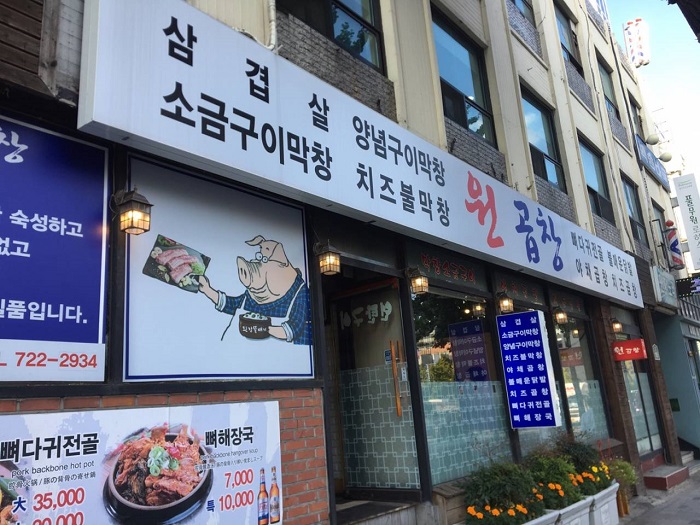
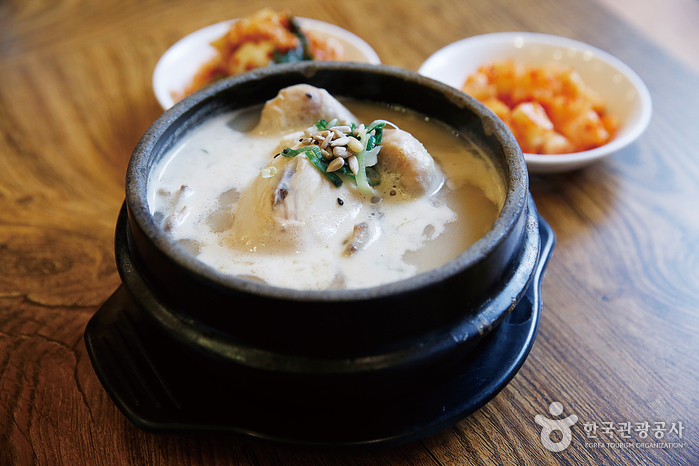
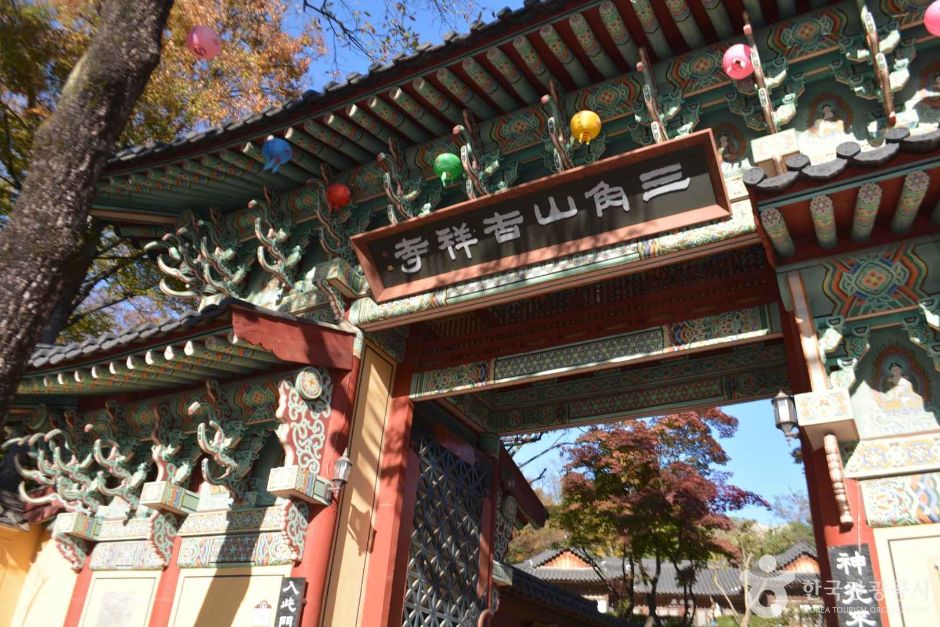
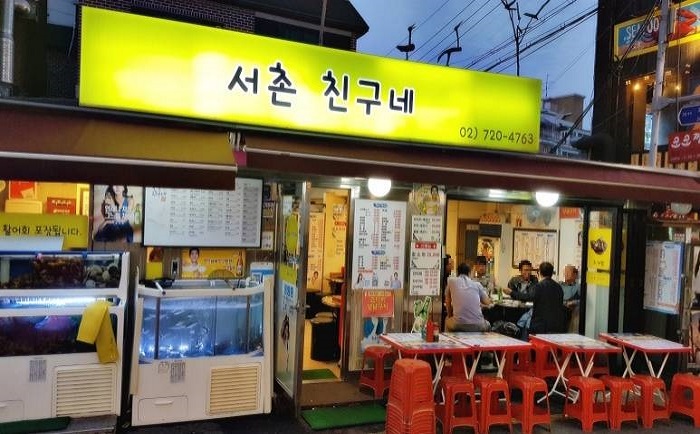
 Español
Español
 한국어
한국어 English
English 日本語
日本語 中文(简体)
中文(简体) Deutsch
Deutsch Français
Français Русский
Русский